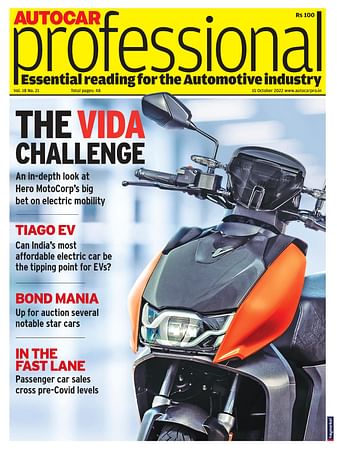Biomechanics and gaming tech slash shopfloor worker injuries at SEAT by 70%
Motions of assembly line operatives analysed and turned into 3D avatars; factory workstations designed in virtual reality to be ergonomically healthier.
Carmaker SEAT has reduced the number of muscle injuries suffered by its factory workers at its Martorell plant by 70 percent in two years by using biomechanics and cutting-edge virtual reality technology.
Over the last 48 months, the company’s CARS Health & Rehabilitation Centre – the only in-house biomechanics lab in Spain aimed at occupational health – has carried out more than 4,000 studies of workers’ joints and muscular activity on factory lines.
A combination of 20 cameras and various sensors capture the movements of factory workers to create a 3D avatar, using analysis software similar to that used to create characters in video games. Then, virtual reality technology is used to simulate different positions on the assembly line and assess what modifications should be made.
As well as reducing injuries in factory operatives – some of whom carry out the same motions up to 100 times per day – the biomechanics lab helps SEAT save time and money by determining the design of assembly lines before they are built.
As an example, the analysis of the lab led to one particular section of the new SEAT Leon assembly line by 20cm to make it better ergonomically for the workers in that area.
Sonia Garcia, who is responsible for Ergonomics at SEAT, said: “Some workers perform the same motions up to 100 times a day, so job rotation and the design of the assembly line are crucial in order to prevent possible injuries.
“The avatar is a 3D image that accurately reproduces the speed and range of the motions. We can simulate different positions until we find the best option, for example, for attaching the rear hatch. This allows us to save time and money in comparison to performing tests on the actual line.”
Established in 2017, the CARS lab continually monitors and analyses every workstation in SEAT’s Barcelona-based factory to make further improvements.
Dr Patricia Such, who is responsible for Occupational Safety and Health at SEAT, said: “Biomechanics immediately opens up new possibilities for actively designing new workstations. We’ve managed to reduce the rate of muscle injuries by 70% in just two years and aim to continue improving in the future.”
RELATED ARTICLES
Sept 2024 From R&D incentives to EV infrastructure: What auto components industry expects from Budget 2024
Sept 2024 From R&D incentives to EV infrastructure: What auto components industry expects from Budget 2024
US car majors hit the brakes on driverless cars
Ford Motor and Volkswagen to close self-driving startup Argo AI, due to lack of technology and clear regulations.
Autoliv and Geely to develop advanced safety tech for future vehicles
Scope of cooperation includes safety for high-level autonomous driving, intelligent steering wheel technology, a 360deg ...






 By Autocar Pro News Desk
By Autocar Pro News Desk
 30 Apr 2019
30 Apr 2019
 4669 Views
4669 Views




























